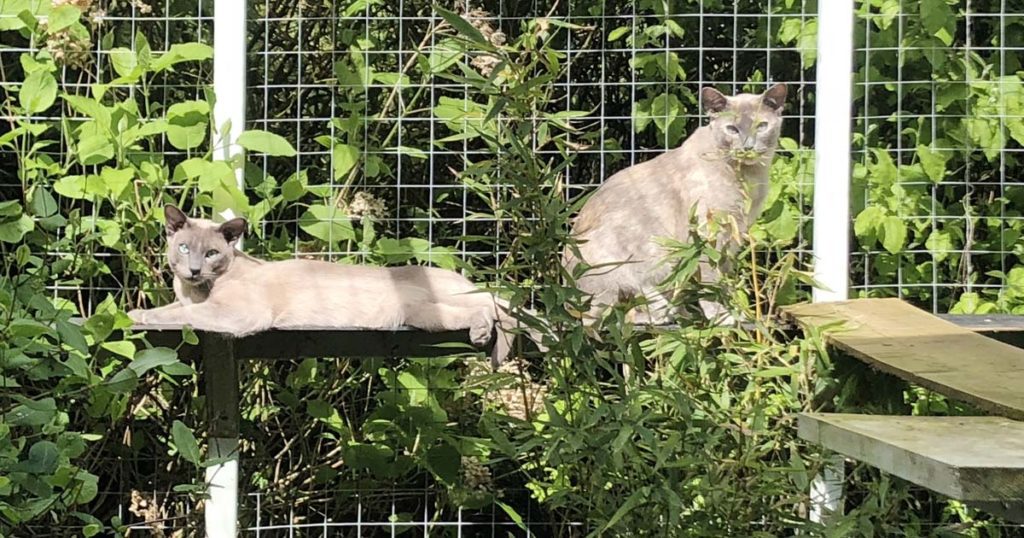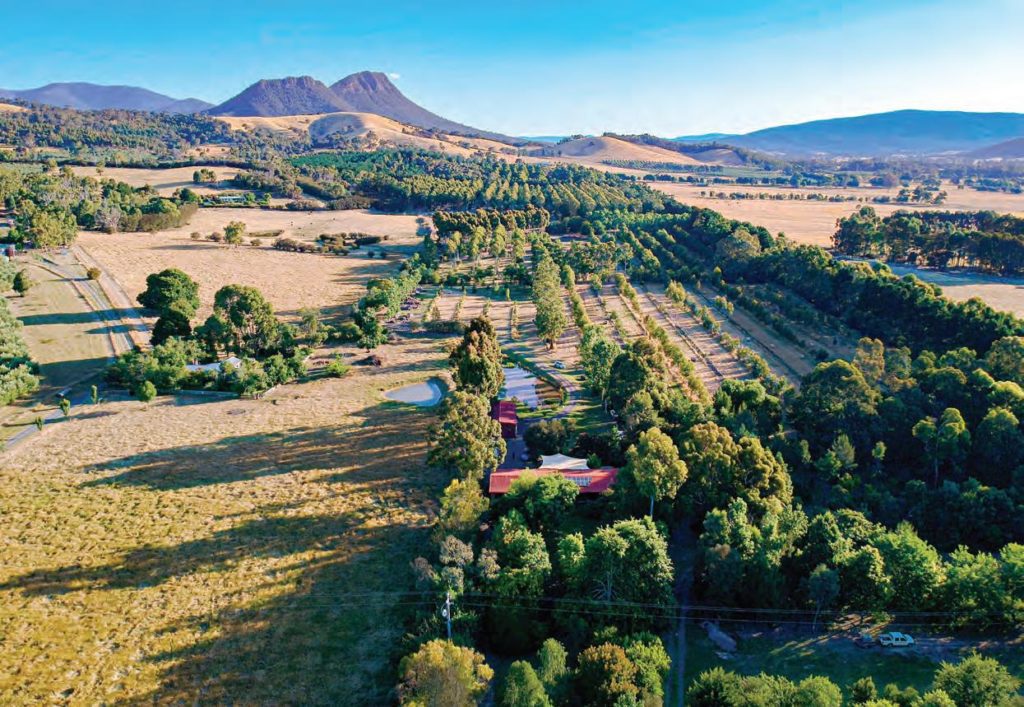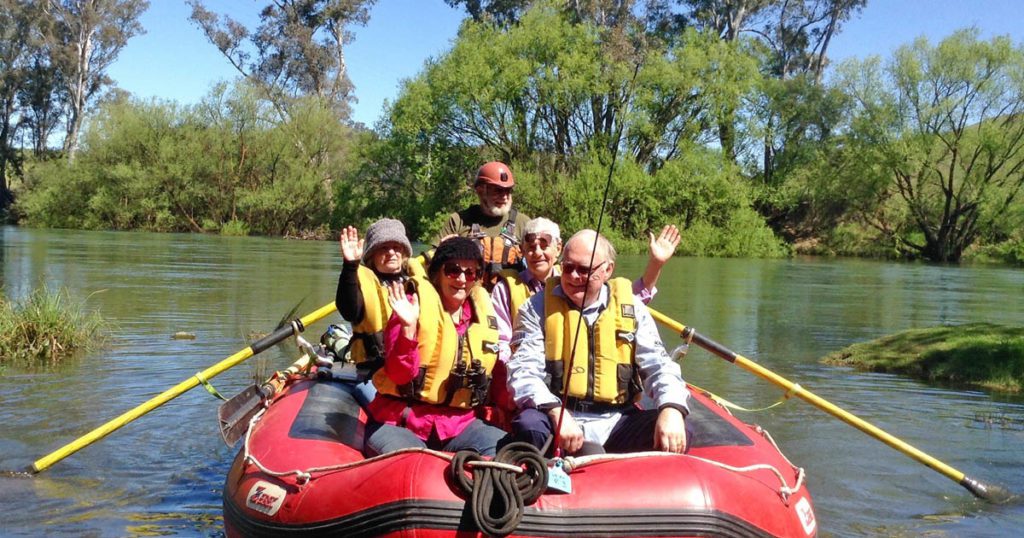by Darcy French
Murrindindi is one of Victoria’s most diverse regions, traversing mountains and low-lying plains, thick rainforest and dry scrubland, alpine streams and wide meandering rivers. Of course, this is what draws residents and tourists alike to this beautiful corner of the world.
But begin to explore Murrindindi, and you’ll quickly realise that our forests, woodlands, and plains – and the animals and plants that call them home – are even more dynamic and small-scale than first meets the eye. Microclimates, meaning “a local set of atmospheric conditions that differ from those in the surrounding areas”, abound across Murrindindi, with trees on one hill not always resembling those of the next, and animals common in one patch of forest absent around the bend.
Learning to notice the subtle (and not so subtle) microclimates of Murrindindi Shire will reveal previously hidden treasures and increase the intrepid explorer’s chances of spotting that elusive bird, marsupial, reptile, or tree.
An understanding of microclimates is also crucial to conservation efforts and state and national parks management. Many of our most vulnerable native animals require specific climates and vegetation types to thrive. This makes knowing the favourite patch of Leadbeater’s possum or the superb lyrebird crucial in protecting endangered species and assessing damage after storms, bushfires or floods.
There is no better place to begin our exploration than at the far south, where the southern escarpment of the Kinglake Ranges contrasts sharply with the fertile plateau and valleys only metres to the north. If you’ve never noticed how abruptly the landscape changes,
I encourage you to take notice the next time you’re winding your way up the mountain.
Due to its exposure to oncoming winds and rain for millions of years, the southern escarpment is steep, highly eroded, and rocky. The topsoil is heavily degraded, having washed down into the Diamond Creek hundreds of thousands of years ago. This has resulted in an ecosystem characterised by short, gnarly eucalypts reaching barely ten metres in height, and an abundance of grass trees, undoubtedly one of Australia’s most unique plants. The animals of the southern escarpment are also highly specialised. There are few ground-dwelling marsupials to be seen, but a plethora of woodland birds, snakes, and even echidnas, who love to feed on the ants that thrive in the dry, degraded soil. This environment is also the only place you’re likely to see the elusive and rare lace monitors of Kinglake, although I am still waiting for that lucky day!
As arid and rugged as the southern escapement is, you don’t have to travel far for a complete change of scenery and a whole new suite of plants and animals. Dip down into one of the deep gullies of the southern escarpment, and you’ll immediately notice the shift from grass trees to towering ferns and the distinctive calls of lyrebirds that call the deep gullies home.
However, travel a few hundred metres further up the mountain and everything changes again. Within moments, soils become deep and dark, bracken fern and small shrubs carpet the forest floor, and gnarled eucalypts give way to mountain giants. Relative protection from the oncoming weather protects the soil, allowing mountain ash and grey gums to reach heights exceeding 50 metres, creating an entirely different forest than that growing only a stone’s throw away. These towering forests are home to a much wider array of flora and fauna, from possums and gliders cruising the canopy, eagles soaring the skies, or platypus and rakali paddling mountain streams.
Travel a few kilometres further into Murrindindi Shire, and you may come across one of Australia’s rarest and most endangered plants. Growing in only a tiny patch of forest between Kinglake and Toolangi where climate, soil, and topography combine in perfect harmony, the innocuous round-leafed pomaderris is the perfect example of a vulnerable species reliant on microclimates for its survival. Loved by native bees and insects, this small, lightly scented shrub with white flowers blooms in early spring each year. After the 2009 bushfires, it was almost wiped out, with its small patch of forest decimated. It is only due to a surviving seed bank and the ongoing efforts of conservation groups such as the Kinglake Landcare group that it still exists today. It may not be glamorous, but the pomaderris shows us how vital understanding microclimates is if we want to protect plants and animals in a changing climate.
The final microclimate I want to explore is the breathtaking Wirrawilla rainforest in the Toolangi State Park. In an innocuous valley in this expansive forest lies a magical world of mosses, lichens, and towering tree ferns, more akin to something out of Lord of the Rings than hot and dry Australia. Fortunately, this richly biodiverse microclimate is accessible to all. Meander along the recently upgraded boardwalk taking in the many mosses, lichens, and ferns that absorb all sound in this silent forest, or gaze up at ancient myrtle beech and sassafras trees found almost nowhere else in Murrindindi Shire.
Microclimates are everywhere because, ultimately, no two patches of forest are the same. So the next time you’re exploring your backyard or a far-flung corner of this great shire, notice the ever-changing cast of plants and animals that make up our forests and plains. Soon, you’ll realise that our home is more dynamic than you could have ever realised.



